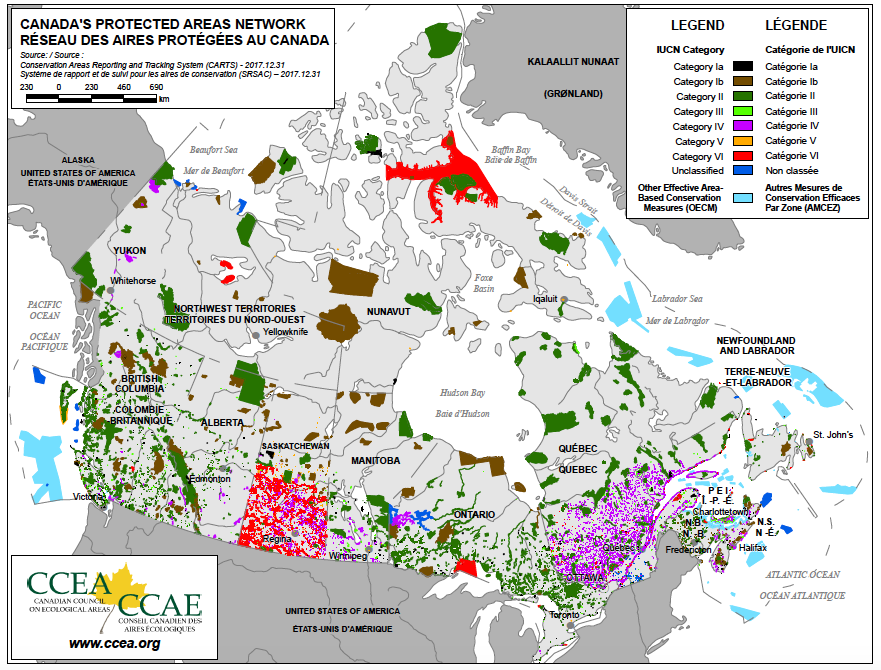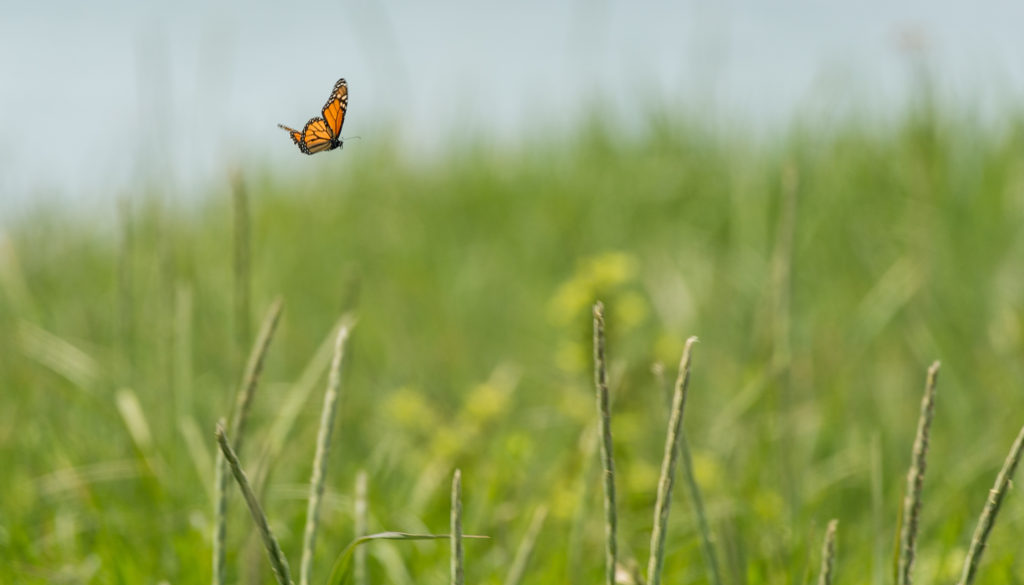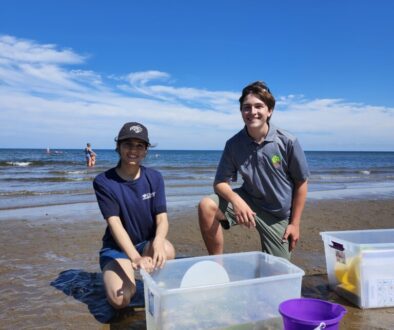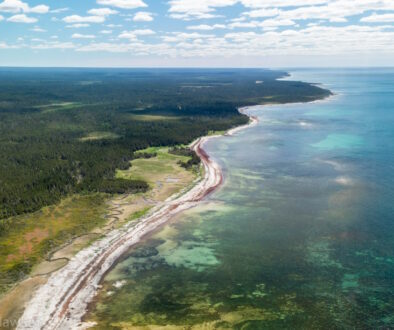How much of Canada should we protect?

For decades protected areas have been championed as the best way to preserve the natural world from harmful human impacts. Protected areas ensure healthy habitat, allow plants and animals to thrive, and keep ecosystems functioning. In addition to benefiting nature, protected areas provide lots of benefits to our wellbeing and health. As the world’s second largest country, Canada has an important responsibility when it comes to protecting wilderness!
A new survey of over 2,000 people from across the country has found overwhelming support among Canadians for protected areas, ensuring space for wildlife and preserving our natural landscapes [1]. When researchers asked Canadians about just how much should be protected, most survey participants thought that between 45 and 51% of Canada’s land and sea area, and the planet at large, should be set aside in protected areas. This research shows that Canadians believe in the value of protected areas, but also that current targets in Canada and beyond for protecting nature fall short of our expectations.
Targets set by the United Nations Convention on Biological Diversity call for 17% protected area on land and 10% in marine and coastal areas by 2020. Canada has set the same targets and several other conservation goals for the coming year. As target deadlines fast approach, efforts to increase the coverage of protected areas around the world has increased, though national and global coverage still falls short of targets. This new research also revealed a gap between how much of Canada’s nature is currently protected and how much the surveyed Canadian’s believed is protected. While most survey participants believed that between 20 and 25% of Canada are currently protected, as of 2017 only 10.6% of terrestrial and 7.7% of marine environments were protected [2].

Map of Canada’s protected areas by the Conservation Areas Reporting and Tracking System of the Canadian Council on Ecological Areas (CCEA), accessed from https://ccea.org/download-carts-maps/.
It is likely that many Canadians believe our wilderness areas to be healthy and protected from urban sprawl and industrial development, but total protected area in Canada was only 9.5% as of 2017 [2]. It is clear that we need to take urgent action to meet current conservation targets – and be looking past 2020 to much more ambitious targets. If 93% of Canadians agree that protected areas are needed to ensure our special landscapes are healthy and abundant for the future [1], It is not beyond our grasp to see 50% of Canada, on land and at sea, protected for nature, for all its benefits.
CPAWS-NB is committed to working with Indigenous Peoples, and the provincial, federal, and territorial governments to increase protection of Canada’s wilderness. Now is the time to stand up for nature and tell our communities and leaders just how important protected areas are to New Brunswickers and Canadians alike!
You can support CPAWS-NB in our conservation mission with a donation!
Read the research paper here (access may be restricted).
Header photo by Nick Hawkins
References
[1] Wright, P., Moghimehfar, F., & Woodley, A. (2019). Canadians’ perspectives on how much space nature needs. Facets, 4, 91-904.
[2] CARTS. (2017). Report of protected areas in Canada. Retrieved April 23, 2019 from https://ccea.org/wp-content/uploads/2019/04/CARTS2017ReportEN.pdf
Julie Reimer is a PhD student at the Memorial University of Newfoundland and a Board Member of CPAWS-NB. Having worked in the whale watching industry in New Brunswick and conducted her Masters research on conservation planning for the North Atlantic right whale, Julie is an advocate for MPAs in New Brunswick. Julie’s current research attempts to see the “bigger picture” of conservation, reaching beyond protected areas to understand the synergies between conservation actions and ocean industries. To connect with Julie, visit http://juliereimer.wixsite.com/hello.



